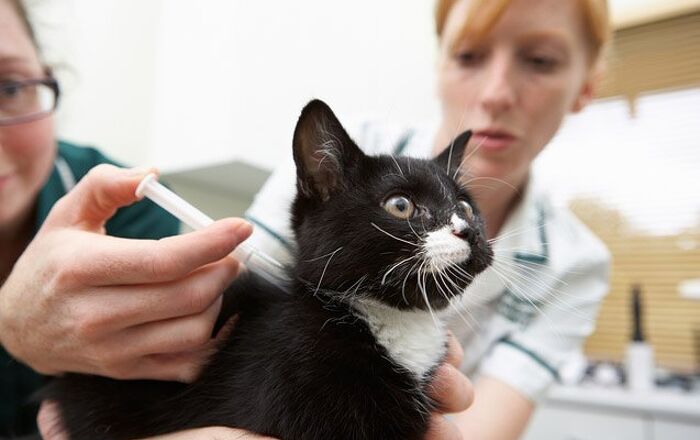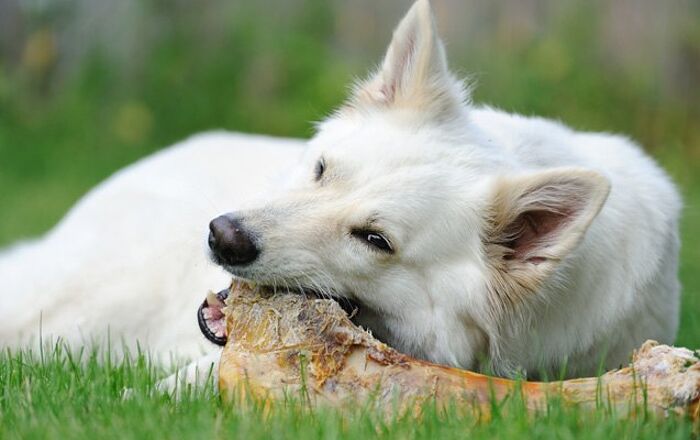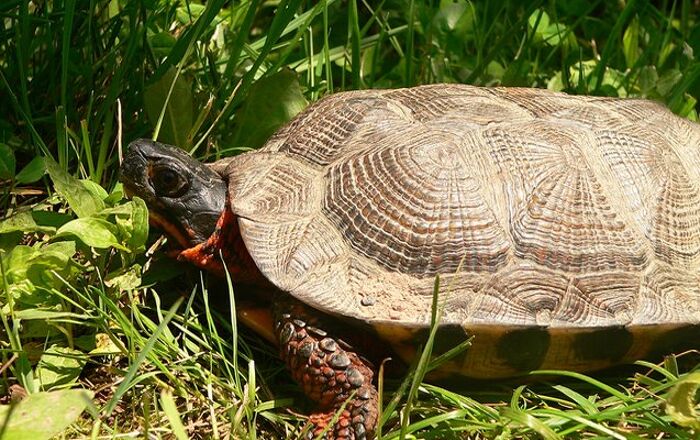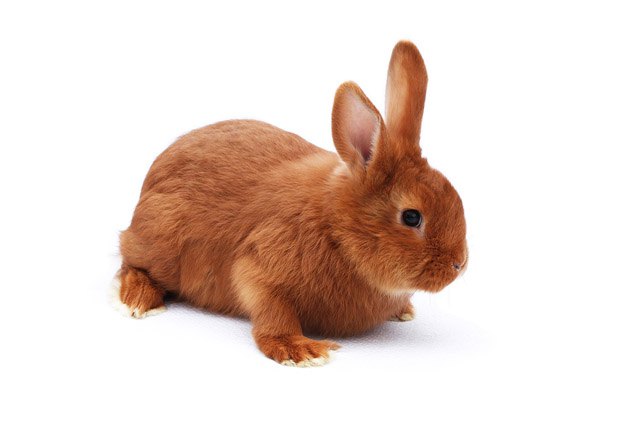
Sussex Rabbit Breed History/Origin
The Sussex Rabbit is a fairly new breed that has become popular amongst pet owners. Created in the early part of the 1980s by crossing the Lilac and Californian rabbit breeds, the Sussex Rabbit is described as being like a teddy bear, not only because of its personality, but also because of its cream or gold colored coat.
Even though the Sussex Rabbit is still a rare breed because it is newer than other breeds, as more and more people learn about its lovable personality, it is developing a large base of fans. Today, Sussex Rabbits are kept as companion animals, but they also excel as show rabbits.
The Sussex Rabbit is a fairly new breed.
Overall Description
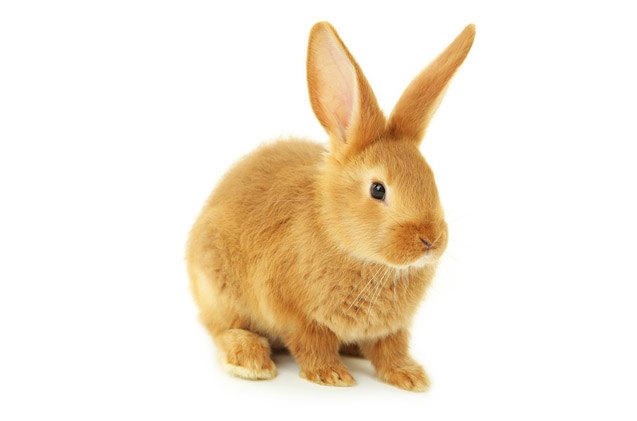
A Sussex Rabbit will be attractive, regardless of which of its two colors it sports. You will notice that the body shape can be described as well rounded. The head will be short and the legs will also be short. The ears will be held upright as well.
Coat
The coat of a Sussex Rabbit will be soft, dense, and thick, but it will also be short.
Because your rabbit’s coat will be dense and thick, you should brush your pet at least once a week for the majority of the year. However, during molting seasons, you should increase the grooming sessions to once a day.
Colors
The Sussex Rabbit is a breed that features two colors. One is a gold color, also known as the teddy bear color. This is a red-gold color that features chocolate brown shading. The other color would be cream, which is much lighter and features lilac or pink-cream shading.
Sussex Rabbits are greedy with food and prone to excess weight gain.
Care Requirements
Your Sussex Rabbit will be an herbivore, so it is important to feed him a varied diet that consists of a range of vegetables, fruits, rabbit pellets, and high quality hays. Also be sure to always provide your pet with a source of clean, fresh water to drink. This will ensure that he will get all of the nutrition and hydration that he needs to thrive.
This breed is well suited to living indoors, but you can certainly let your rabbit outside in your garden to get some more fresh air, sunshine, and exercise than he would get indoors. Just be sure to provide him with a safe environment in which he can freely explore. Whether indoors or outside, provide your pet with a cage, hutch, or crate that he can use to relax in and move freely in. Outdoor enclosures should be weatherproof as well.
Thanks to its small size, the Sussex Rabbit can live comfortably with other pets, including dogs and cats, provided that they all get along.
Health

One of the main health concerns that you need to worry about with a Sussex Rabbit is weight gain. It is important to monitor your pet’s weight and ensure that he does not gain too much weight, especially since this breed is known for being quite greedy when it comes to food. If your rabbit were to become overweight, it could become difficult for him to properly groom himself, and that would leave him vulnerable to flystrike, especially if he regularly spends time outside.
Also, because the head of the Sussex Rabbit is compact, this breed can suffer from mouth problems and eye ailments. Dental problems, in particular, are common amongst all rabbit breeds, including the Sussex Rabbit, so giving your pet plenty of fibrous veggies and gnaw toys will help ensure that his teeth do not become overgrown.
Talk to your veterinarian about having your rabbit vaccinated against VHD (Viral Haemorrhagic Disease) and Myxomatosis, and always check your rabbit for worms, fleas, and ticks if he has spent time in the great outdoors.
The Sussex Rabbit is considered one of the best breeds for families with children.
Temperament/Behavior
The Sussex Rabbit is considered one of the best breeds for families with children. These rabbits are ideal for individuals and families who have plenty of time to interact with their pets, as these animals will thoroughly enjoy the attention.
Known for being affectionate, friendly, and inquisitive, Sussex Rabbits have even been described as being similar to Labradors in their temperament and behavior. They are playful and eager to please, as well as mischievous and confident, and they are docile and calm.
If you wish to have a rabbit that will be easy to train, even when it comes to teaching your pet how to perform tricks, the intelligent Sussex Rabbit will not disappoint. These rabbits will even learn how to use a litter box easily.
Photo credit: Corinne Benavides/Flickr; 5 second/Bigstock; Owl_photo/Bigstock




